Table of contents
What is astral travel?
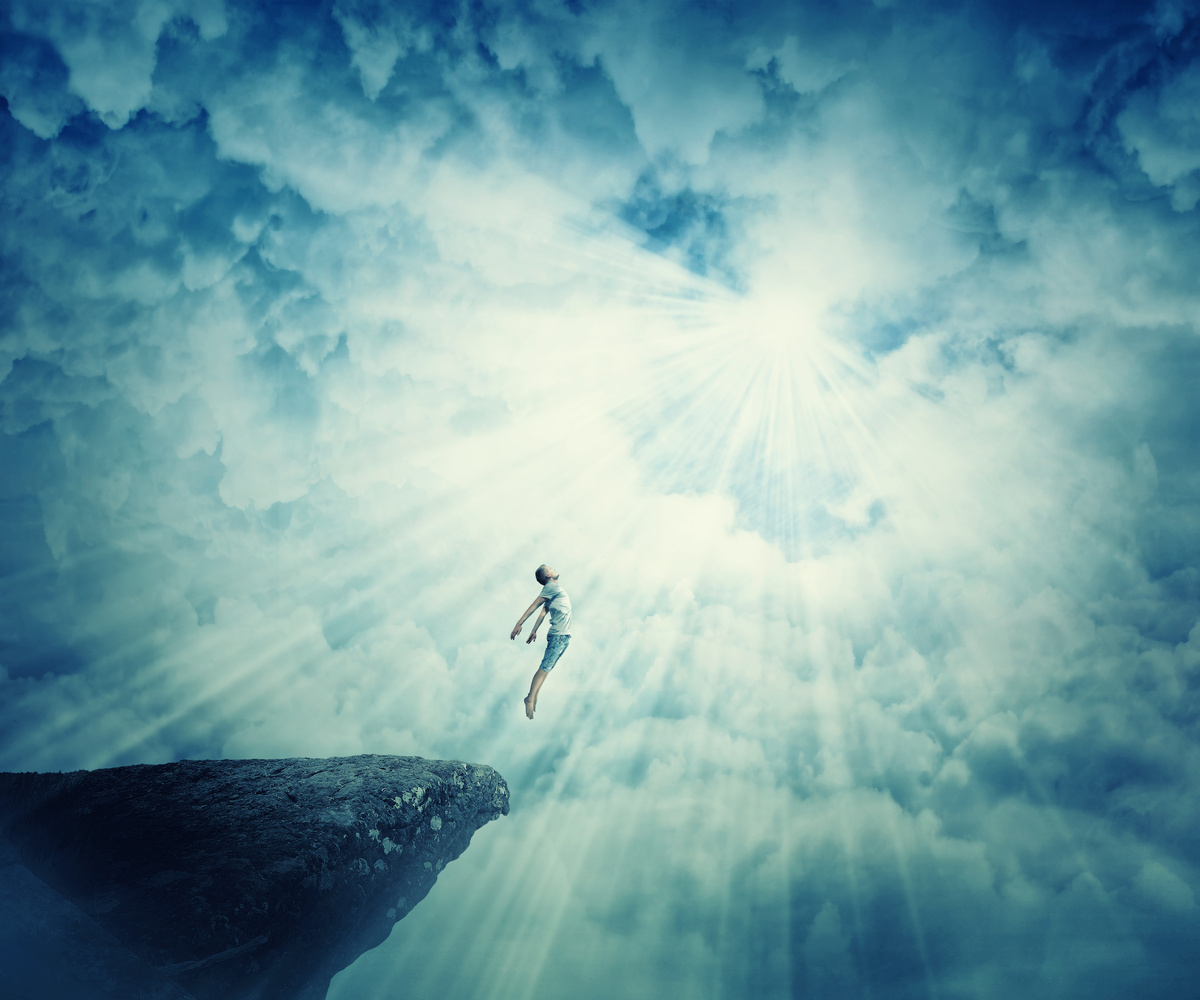
Astral travel is a type of out-of-body experience. Its practice presupposes the existence of the soul called the astral body, which separates itself from the physical body and is able to travel outside it through this and other worlds and universes, often being associated with dreams or meditation.
Through astral travel it is possible to intentionally visit an extraphysical dimension, known as the astral plane or the spiritual plane. The idea of astral travel is recorded in many cultures around the world, from Ancient Egypt to India.
However, the term astral projection, as astral travel is also known, only came about in the 19th century, through Madame Blavatsky. Although it sounds scary to many, out-of-body experiences happen on a daily basis, whether consciously or not.
In this article, we will cover the basics of astral travel, presenting techniques for you to intentionally develop out-of-body experiences. Check it out.
Symptoms of astral travel
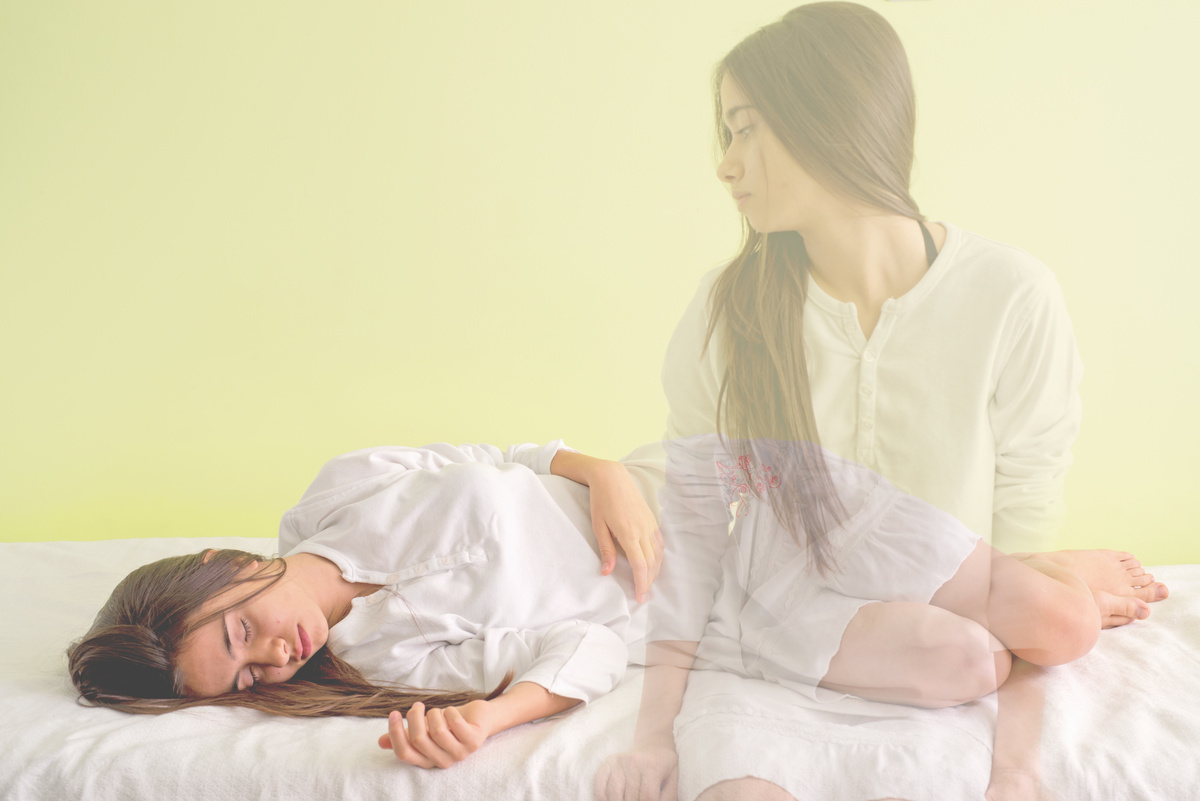
To develop your abilities to practice astral travel, it is important that you learn to recognize its symptoms. In the following sections, we present important traits that indicate that an astral projection is happening, such as sleep paralysis, warmth, and tingling. Read on to discover them.
Sleep paralysis
Sleep paralysis is one of the most recurring symptoms of an out-of-body experience, especially when it is an astral projection.
When attempting to project your astral body out of your physical body, it is more than expected that your consciousness will be active, while your physical body rests and becomes less responsive while you sleep.
Even though it may seem scary not having control over your own body, this process is quite normal and indicates that the process of consciously projecting yourself is developing. Sensations such as pressure or even the ability to see entities can happen at this stage and signals that you are on the right track. So relax, and don't be afraid if this happens.
Increased heart rate
Astral projection can also trigger an increase in the frequency of your heartbeat. This is a natural reflection of your physical body processing your body's awareness from a visceral process to a voluntary process.
Like the possible symptom of sleep paralysis, the increased heartbeat during astral projection is not something to be feared and should be ignored so as not to hinder the process.
A rapid heartbeat indicates that the time for astral projection is near. Continue to focus on your mind and ignore body sensations so that your projection process is not affected.
Sensations of heat
The sensation of heat is another symptom associated with the onset of astral projection and is usually due to the increased heartbeat described in the symptom above.
Generally, the sensation of heat is concentrated in the chest and navel, and vary from individual to individual, and can be anything from just a feeling of being covered by an extra blanket to a true sense of fever.
Again, the key point is to stay focused on your intention to perform the astral projection and to abstract from the sensations in your body, as they are only distractions that can get in the way of your awareness during the attempt to project your astral body out of your physical body.
Trembling and tingling
One of the most common symptoms of the onset of astral projection is the feeling of spasms/shivering and tingling in the body. The spasms are an involuntary response of your physical body during the astral projection, as in fact something is detaching from your physical body.
To better understand this answer, imagine that someone is pulling your hair. Probably, you will try to dodge the pain as an involuntary process, right? This is exactly the kind of reaction that is happening in the form of shaking and tingling during the astral projection attempt. Try to maintain focus and abstract from these distractions, so that your projection is completed.
Buzzing sound
Many people who undertake astral projection also report hearing a sound, usually of a constant frequency, in the form of a buzzing sound. Sometimes this buzzing sound resembles a whistle or the sound of a kettle boiling water.
At other times, it is possible to hear a deeper sound, which can even be similar to the sound of people speaking, as if they were voices from beyond.
However, regardless of how you are experiencing these sounds, they are actually caused by the mind itself that is trying to control an involuntary process that usually occurs during sleep.
Pressure in the head
Trying to project your astral body to travel can also generate a sensation of pressure in your head, whether it is as a simple throbbing or even the impression that someone is holding your head. All of this is another indication that your path towards your astral travel is being successful.
This symptom, when experienced, happens very briefly, so don't worry. Keep your focus on your intention to take your astral journey and continue the process of awareness.
Falling, sinking or floating
You've probably had a "dream" in which you were falling, sinking, or floating, and suddenly you woke up frightened. This is, without a doubt, the most frequent symptom experienced by people who project astrally. During sleep, the astral body detaches from the physical body, in a natural and unintentional way.
When the process is intentionally attempted, many times, when the body is about to be projected, many people get scared and end up causing the astral body to return abruptly to their body.
In this process of return of the astral body, the physical body responds as if it were a fall, similar also to the sensation of being in turbulence in an airplane trip. Have patience and discipline that soon you will accomplish your astral projection.
Levels of consciousness in astral travel
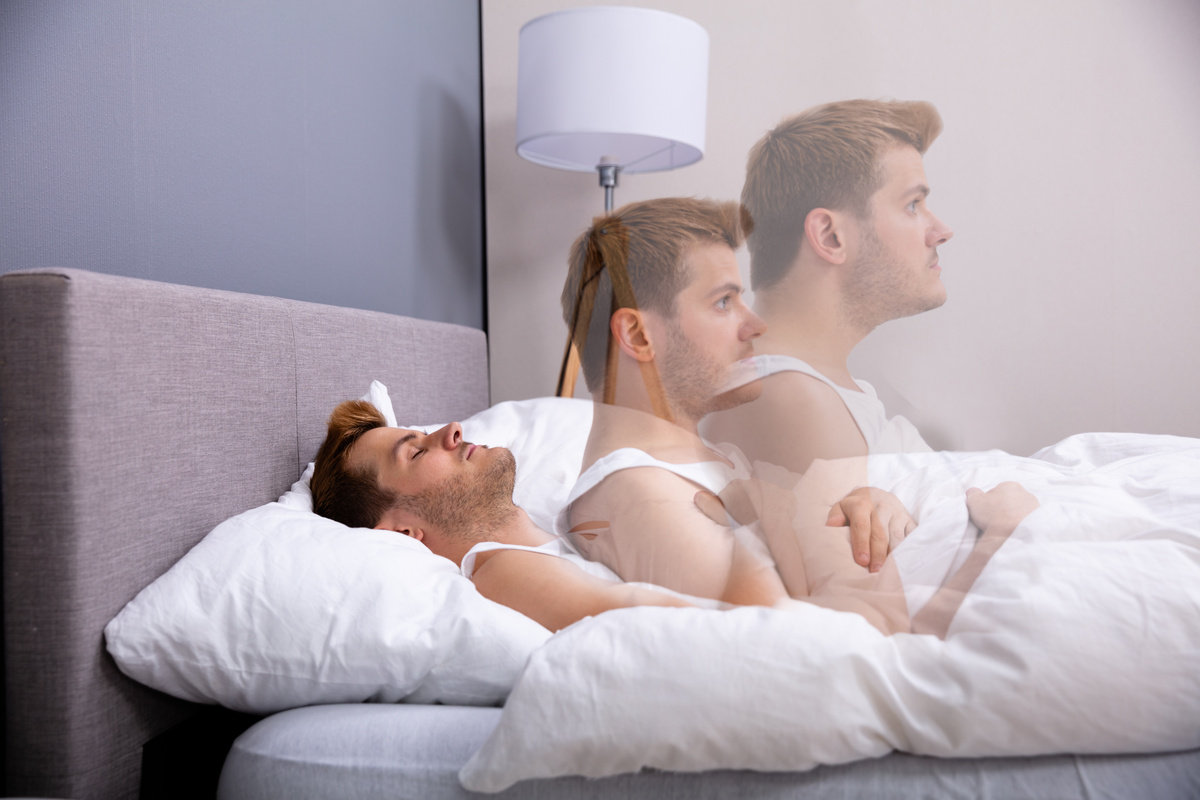
Astral projection is a type of voluntary out-of-body experience, which takes place on three different levels: unconscious, semi-conscious and conscious. Each of these levels has its own characteristics and often describe stages in the development of astral travel. Read on to understand about them.
Unconscious
Unconscious astral travel is actually not astral travel but a type of out-of-body experience. This type of experience happens to all beings every day during sleep and is defined simply as a dream.
However, it is not just any kind of dream. To be considered an unconscious out-of-body experience, the individual does not know that he is dreaming. In other words, he cannot discern if what he is experiencing is a dream or reality, as if he were a character in a movie. The unconscious level happens even when it is not possible to remember upon waking what he dreamed.
Semiconscious
At the semi-conscious level, the person is not fully aware that he/she is having an out-of-body experience, and it is therefore an intermediate stage between consciousness and unconsciousness. This stage can be the result of an attempt to practice astral travel, or simply the result of an out-of-body experience performed in an involuntary manner.
At this level, it is important to remember that it is not a lucid dream, since the degree of lucidity is partial and different. However, unlike an astral voyage, one does not have total control of the events that are happening in this type of experience.
Conscious
The level of conscious astral travel is the maximum degree that practitioners of this type of out-of-body experience wish to achieve. When you consciously perform it, your consciousness unfolds from your physical body along with your astral body.
Because it is the last stage of astral travel, it is the most difficult to reach and requires a lot of time, patience and dedication to achieve it. Even the level of conscious astral travel has different stages.
As we will show later in this article, there are effective techniques that are commonly used to achieve the level of conscious astral travel. Before proceeding with the techniques, however, it is important to learn to discern the different types of astral projection, which will be introduced below.
Types of astral travel
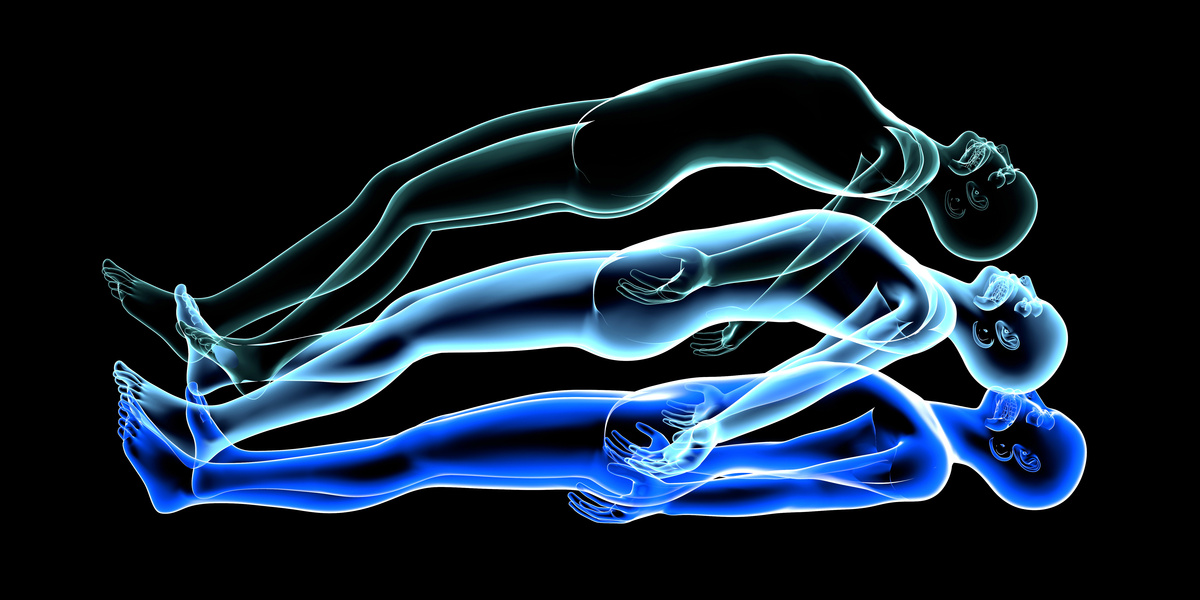
Astral travel is a natural phenomenon and, like everything natural, it develops in different types. Whether in real time, involuntary, near-death or voluntary, we will deal below with the meanings and differences of these various types of out-of-body experiences.
In Real Time
Astral travel in real time usually occurs during the semi-conscious level. It takes this name because it involves simultaneous events that are witnessed in reality while asleep. In this type of experience, the person who is out of the body serves as a spectator of everything that is happening in the environment around the place where they are sleeping.
The overwhelming majority of people who practice astral travel have had this type of experience, usually when they don't even know what astral travel is all about. Therefore, this is one of the most frequent out-of-body experiences.
Involuntary
When you have an involuntary out-of-body experience, it is possible to apprehend the events that are happening as if they were a type of dream. This type of experience is, as the name suggests, completely involuntary and it is often difficult to realize that you are not awake.
Near-death
The near-death experience, or simply NDE, is another type of out-of-body experience. This type of experience encompasses visions and sensations that are registered during situations of imminent death, including cases in which people are clinically dead.
During an NDE, there is the projection of consciousness into a reality beyond the physical body. People who have experienced them describe sensations such as disconnection from the physical body, feeling of levitation, serenity, safety, warmth, besides having seen lights or entities during the process.
In some cases, there are negative experiences that end up generating anguish and stress. NDEs are a phenomenon studied from both a spiritual and scientific point of view. In both perspectives, they are considered water divisors in the lives of those who have experienced them.
Volunteer
The voluntary out-of-body experience is actually the astral projection itself. It involves the projection of the consciousness to a plane or dimension beyond physical perception. Therefore, when the astral travel is successful, it is possible to travel to other worlds and realities, as well as meet people and possess different abilities such as flying, floating or even breathing underwater.
To carry out this type of experience, study is necessary, as well as the use of specific techniques such as breath control, meditation or even exposure to the influence of crystals, herbs, incense or sound waves that facilitate the process. Some of these proven techniques are described in the following section.
Astral rope travel technique
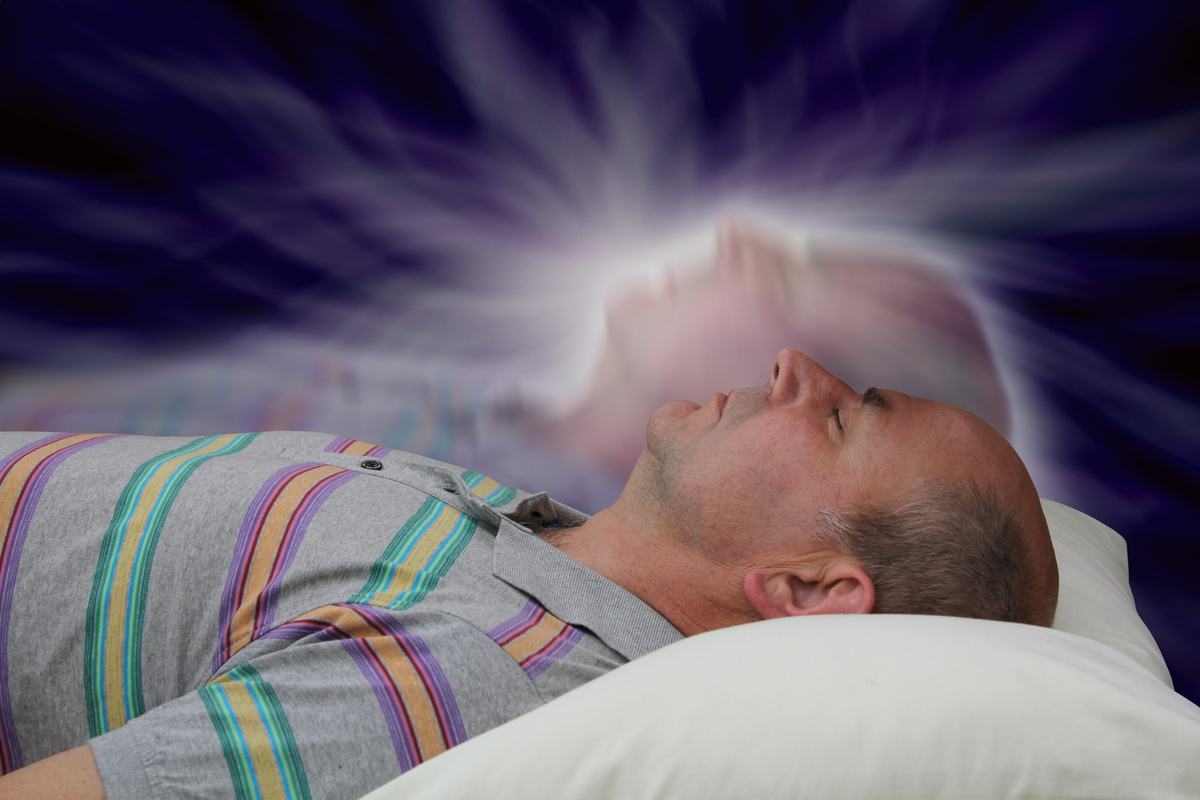
The astral rope travel technique was developed by Robert Bruce, founder of Astral Dynamics and author of several books on the subject. Because it is very simple to practice, since it involves only six steps, it is one of the most used techniques by those who wish to practice astral travel. Learn more below.
Step 1: Relaxation
In the first step, you should practice total relaxation of your body. To do this, on a day when you are not tired, lie down on your bed, close your eyes and inhale deeply counting to 4, hold your breath counting to 2, and exhale counting to 4 again. When you feel ready, close your eyes, but try not to fall asleep.
Then, start to become aware of your body. Start by feeling the muscles in your toes, feel your foot, heel, calf, knee, thighs, abdomen, hands, arms, chest, shoulder, neck, until finally reaching your head. Try to relax your whole body during the process, always being aware of it.
Step 2: Vibration
During the process of becoming aware of the muscles in your body to relax them, imagine that your body is emitting a vibration. This is step 2. During the process, try to truly feel the frequency of your body pulsating and emitting a vibration that resembles the vibration of a cell phone.
Step 3: Imagination
When you finally manage to feel your body vibrate, you can proceed to the third step: imagination. At this time, it is important to visualize that there is a rope hanging above your body. Visualize its color and thickness, so that you can then continue this exercise by moving on to the next step.
Step 4: Astral action
After visualizing the rope, it is time to try to hold it with your hands. However, it is not your physical body that will be responsible for holding it: you need to imagine that your astral body will detach from your physical body as you hold it.
In other words: you should leave your body resting on your bed while your astral body temporarily frees itself from it. Do not try to lift your physical body during this stage.
Step 5: Climbing
When you finally manage to reach and hold the rope with your astral body, it is time to feel it so you can execute step 5: the climb. In this step you will use your hands, one at a time, to provide the ascent of your astral body in this climb. Once again, don't forget that your physical body must remain rested during the climb. The objective of this climb is for you to finallyreach the ceiling.
Step 6: Visualize yourself
When you reach the ceiling, you have finally reached the sixth and last step: the moment of visualizing yourself. When you reach this step, it is a sign that your astral body has already left your physical body on your first astral journey.
To verify that your astral body has really been projected, it is time to look down and visualize your physical body sleeping just below you. At this stage, you can already begin your journey, exploring the places you would like to visit, in a conscious and voluntary way.
Astral Travel Technique Monroe Institute
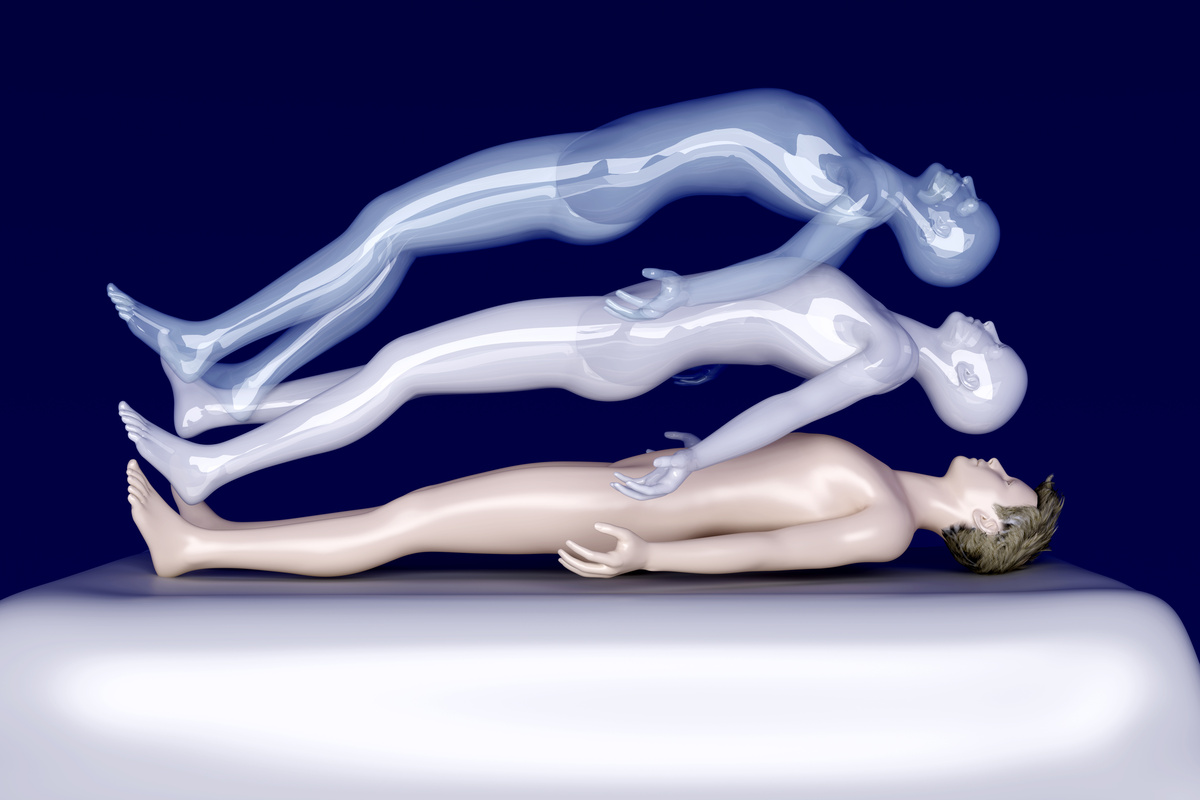
Founded by Robert Allan Monroe, responsible for popularizing the term out-of-body experience, the Monroe Institute is a study center specializing in research on altered states of consciousness.
Because of his long tradition in the field of astral travel, Monroe has developed an effective technique to facilitate the process, the steps of which are given below.
Step 1: Relaxation
As with the rope technique, relaxation is the basic step of the Monroe Institute technique. In this initial step, it is important to find a point of balance between the body and mind, relaxing them. To do this, lie down in a comfortable position, make sure you are wearing clothing appropriate for the local weather conditions and do a breathing exercise.
Inhale on a count of 4, hold your breath on a count of 2, and exhale by releasing the air on a count of 4. Be aware of each part of your body, feeling the surface you are lying on, feeling the fabric that covers you, the clothing that surrounds you, and relax. When you feel ready, close your eyes and continue with the breathing exercises.
Step 2: Sleepiness
Once relaxed, you will probably feel a sensation of drowsiness. This is step 2, which is derived from the relaxation stage of the above step. Feel this change in your body, in this transition process between the waking state, in which you are awake, and the sleeping state.
Step 3: Almost sleep
When the feeling of drowsiness increases, try to stay at a stage still in between, but this time being at step 3, the one that represents the state of almost sleep. When you reach it, shift your attention to the physical sensation caused by sleep in the body, but keep your mind still awake.
This is the key process to promote the separation of these two important entities: the physical body and the astral body, the latter represented here as the consciousness.
Step 4: Focus on the environment
When the focus on the sensation caused by sleep in the physical body and the state of consciousness of the mind have been reached, it is time to direct your attention to your surroundings.
Listen to the sounds around you. Focus on your listening ability to perceive what is around you without being alert, but only as a way to keep your mind/awareness awake while the body begins to shut down,
Step 5: Vibration
In the antepenultimate step, after having focused on the sounds around you, it is time to feel the vibration of your body. Become aware of the frequency and vibration it gives off when it is in the process of falling asleep. It is important to let your body relax, but keep your mind aware.
Step 6: Imagination
Once you can feel the vibration of your body as you relax and keep your mind conscious, it is time to activate your imagination, in this sixth and penultimate step. In this step, simply imagine that your astral body is temporarily disconnecting from your physical body.
It is important that in this step you keep your concentration and do not try to exit abruptly, or you will have those "dreams" in which you are falling. Visualize the exit of your body occurring slowly, starting from the upper body such as the head, neck and arms, to finally move on to the trunk and lower limbs and you are standing.
Step 7: Levitation
Now that you are standing, you can do the seventh and final step: levitation. In this step, have your astral body rise from where it is and leave your physical body, so that you are levitating above it.
When this occurs, you can also see yourself sleeping and also see all the details of the environment in which you rest. From this stage, you can begin your astral journey and go after what you wish to know and explore.
Does astral travel have a purpose?
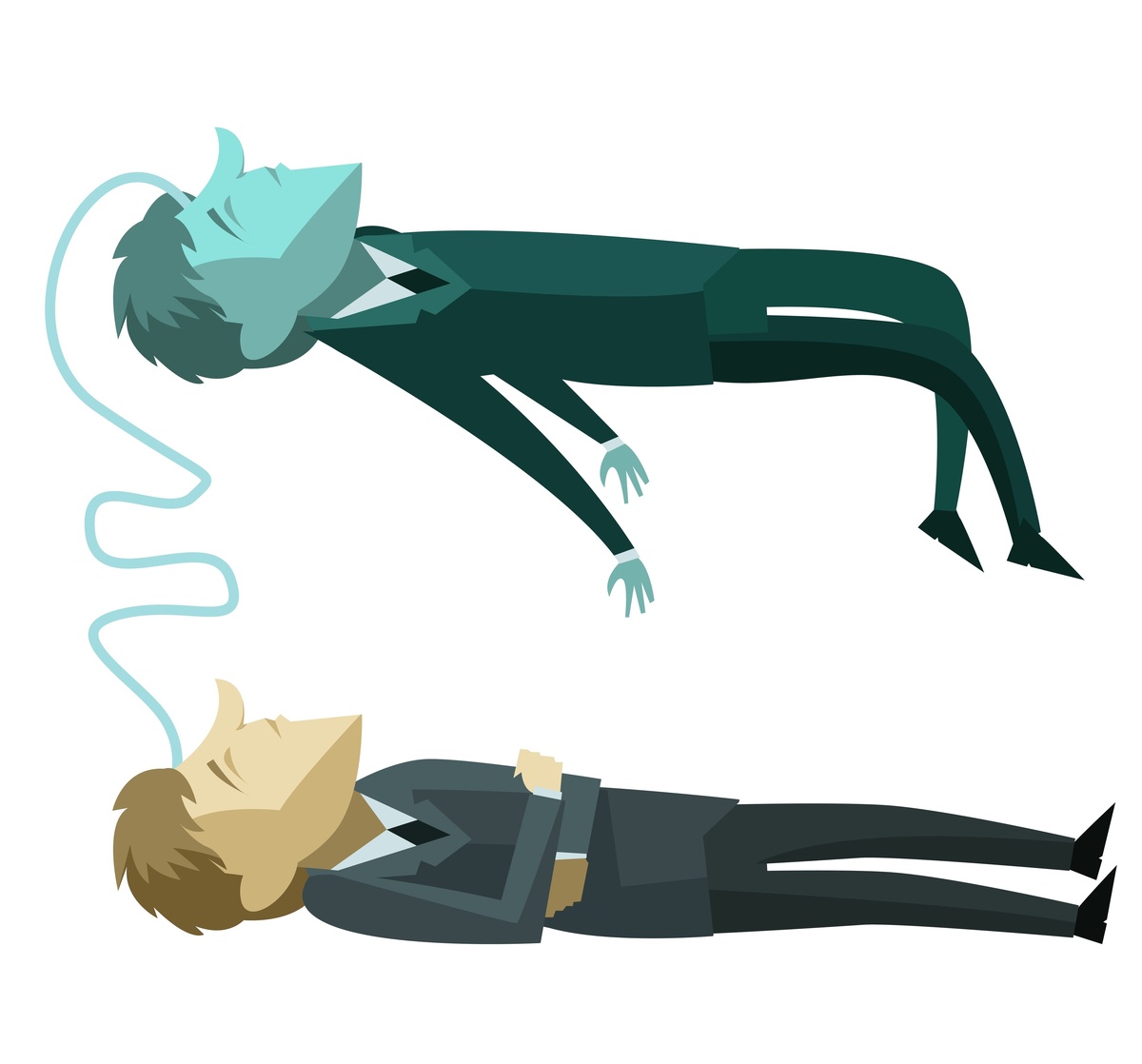
Yes. Astral travel has several purposes, many of which vary from individual to individual. Generally speaking, people who practice astral travel wish to expand their consciousness and connect with something that exists beyond the perception of the 5 senses, that is, something non-physical.
Astral travel allows people to establish contact with the ancient wisdom of the cosmos, accessing spiritual planes as their astral body travels.
The astral plane is an intermediate world between the Earth and the Divine Plane and, through it, it is possible to access spheres of different realities and get in touch with entities and spirits that can help the spiritual and intellectual development of those who seek them.
In this way, you can access Universal knowledge which in turn can also be used to bring more light and wholeness to Earth, making your experience, as well as the experience of those around you, full and the best it can be.

